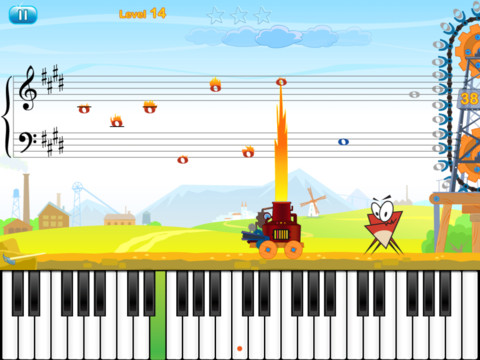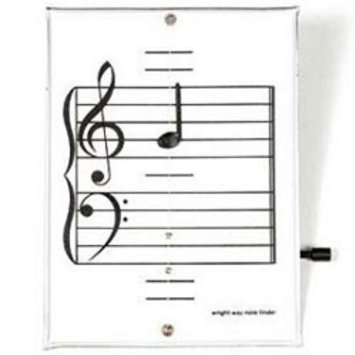 When I am teaching piano, one of the teaching tools I use frequently is the Wright Way Note Finder (find it on Amazon). I love this tool because it is useful for building a stronger sense of staff-to-keyboard correlation in students in just a few minutes’ time during lessons.
When I am teaching piano, one of the teaching tools I use frequently is the Wright Way Note Finder (find it on Amazon). I love this tool because it is useful for building a stronger sense of staff-to-keyboard correlation in students in just a few minutes’ time during lessons.
Watch the video below to learn more about how I use the Wright Way Note Finder during lessons. In this video, I also describe what I consider to be the four steps that our minds go through when decoding music on the staff during sight-reading:
- Recognizing the note’s location on the staff (e.g., treble clef line #2).
- Audiating (hearing in your mind’s ear) the approximate pitch (how high/low is this sound?).
- Correlating the note to a specific key location on the keyboard (e.g., the G above Middle C).
- Knowing the name of the pitch (e.g., G or sol). This step is not nearly as important as the other three steps; yet, in practice, we and our students tend to overemphasize the importance of the note names. This step is not crucial during sight-reading.
I like to use the Wright Way Note Finder to help the student improve steps 1-3.
Where to find the Wright Way Note Finder and similar tools:
- The Wright Way Note Finder costs about $12 on Amazon.
- Alfred Publishing offers a similar tool called the All-In-One Flashcard for about $8. As the video on Alfred’s website shows, the tool is two-sided with letter names printed on one side. And the quarter note can be flipped upside down so that the stem is pointed the proper direction.
- Slide-A-Note is a similar teaching tool, sold for about $7 at slideanote.com, that shows a sideways printed keyboard for the intent of further building the student’s sense of correlation from staff to keyboard.
Thanks for watching!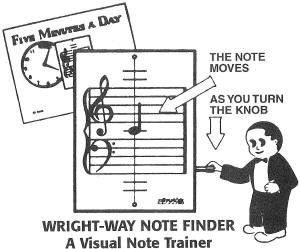
All past broadcasts are here: ColorInMyPiano.com/live/. To watch future broadcasts live, download the free Periscope app (for iOS or Android), search for @joymorinpiano, and hop online on Mondays at noon Eastern time. Hope to see you next time!
Do you have suggestions about what we could discuss in future Periscopes? Please submit your ideas by clicking here. I appreciate your input!



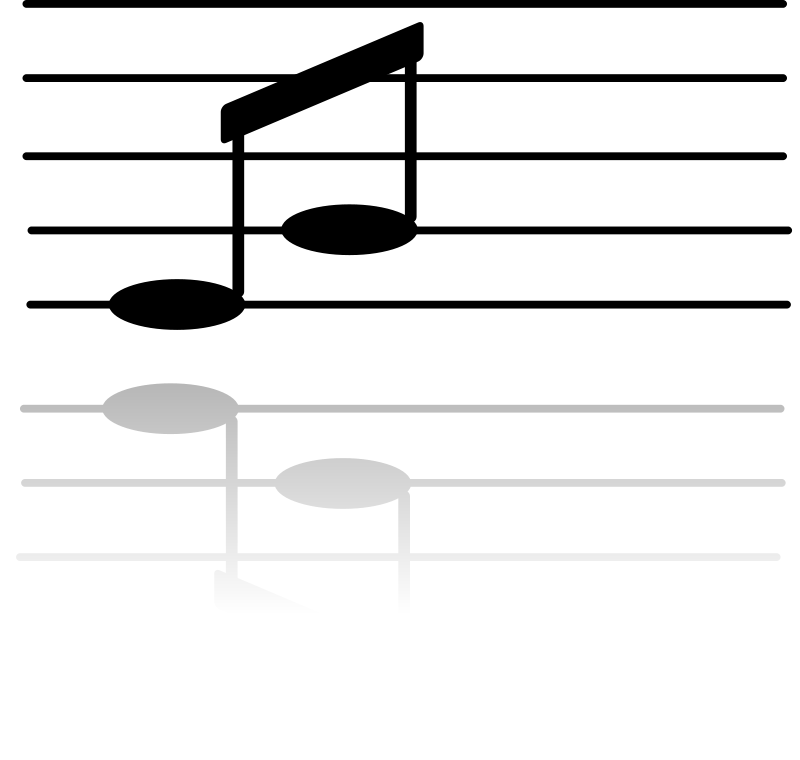
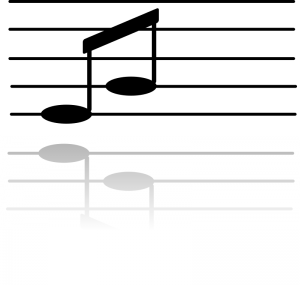 In the comment section of previous post, a reader asked for suggestions with helping a young student connect notes on the staff with their names and their corresponding piano key. I gave a response in the comment section, but thought I would share some of those thoughts with you all as a separate blog post!
In the comment section of previous post, a reader asked for suggestions with helping a young student connect notes on the staff with their names and their corresponding piano key. I gave a response in the comment section, but thought I would share some of those thoughts with you all as a separate blog post!